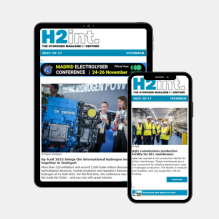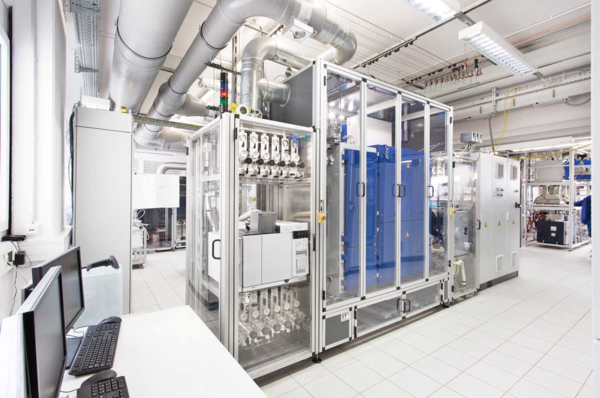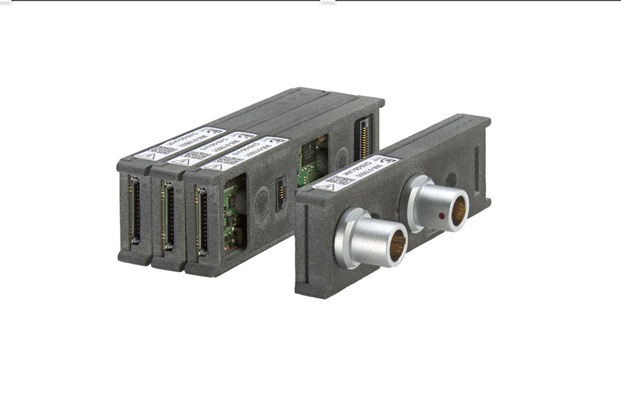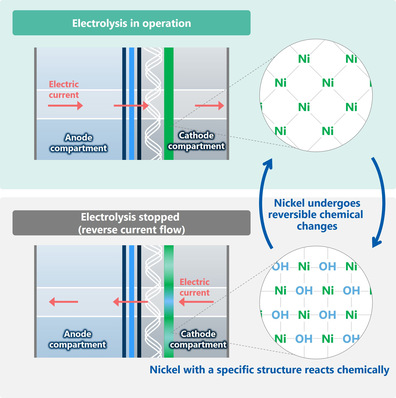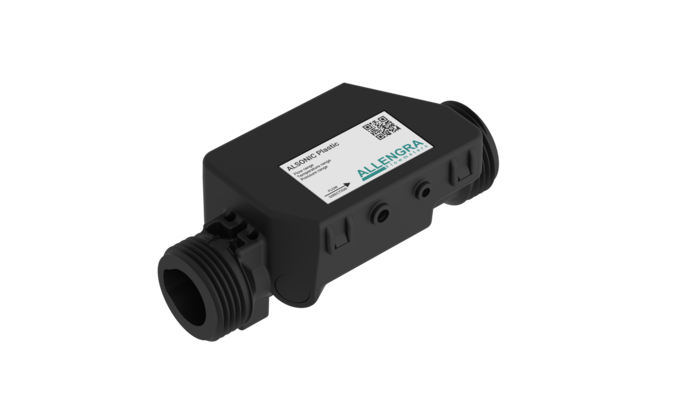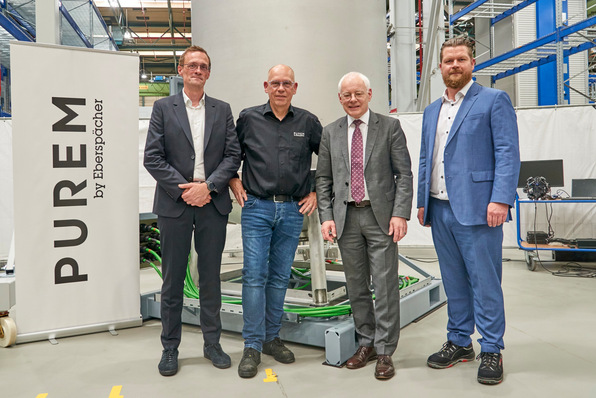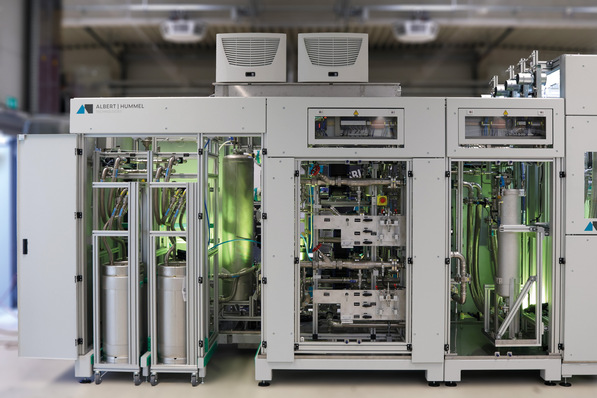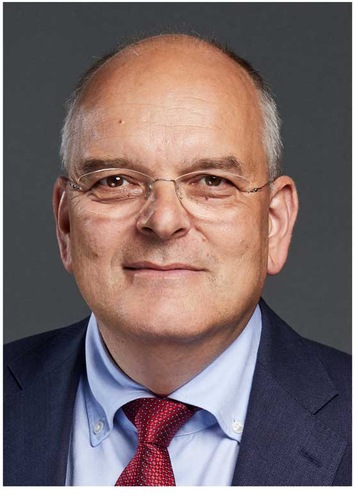
H2-international: Rotterdam is the hub for energy imports in Europe. Where is the port in the overall H2 strategy of the Netherlands?
van Els: The task of Port of Rotterdam will be to import hydrogen from countries where the sun shines or the wind blows for longer. The Netherlands, like Germany, is an importer of energy, whether it be gas, LNG or oil. This will not be so easy to change in the future either, because the potential for local production of hydrogen has physical limitations. Making these imports possible, including for Germany, will be our task. The energy source will change in the future, but the distribution of the green hydrogen, or even green LNG or ammonia, will still be necessary. Another fact is that the distribution of blue hydrogen will also increase by 2030.
How much H2 is currently produced in the port per year?
About 1 million tonnes of H2 is currently produced by natural gas reforming. That corresponds 10 to 15 gigawatts of electric power. In 2050, 20 million tonnes of H2 will be processed and 90 percent imported. For comparison, we currently process around 100 million tonnes of oil in the port per year. Rotterdam is the largest energy port in Europe. Around 14 percent of the energy required by all sectors in the whole of Europe arrives here. So for electricity, heating and vehicles. By 2050, this energy should come almost entirely from renewable sources, as envisaged by the EU's New Green Deal.
How’s the acceptance for the clean energy transition and green hydrogen?
On paper, according to surveys, the acceptance is very high. The situation is different when it comes to implementation. That’s not going as quickly as we’d like, as operators of Port of Rotterdam. After all, we are no longer just talking in this country, we have now entered an implementation mode.
Interviewer: Niels Hendrik Petersen


